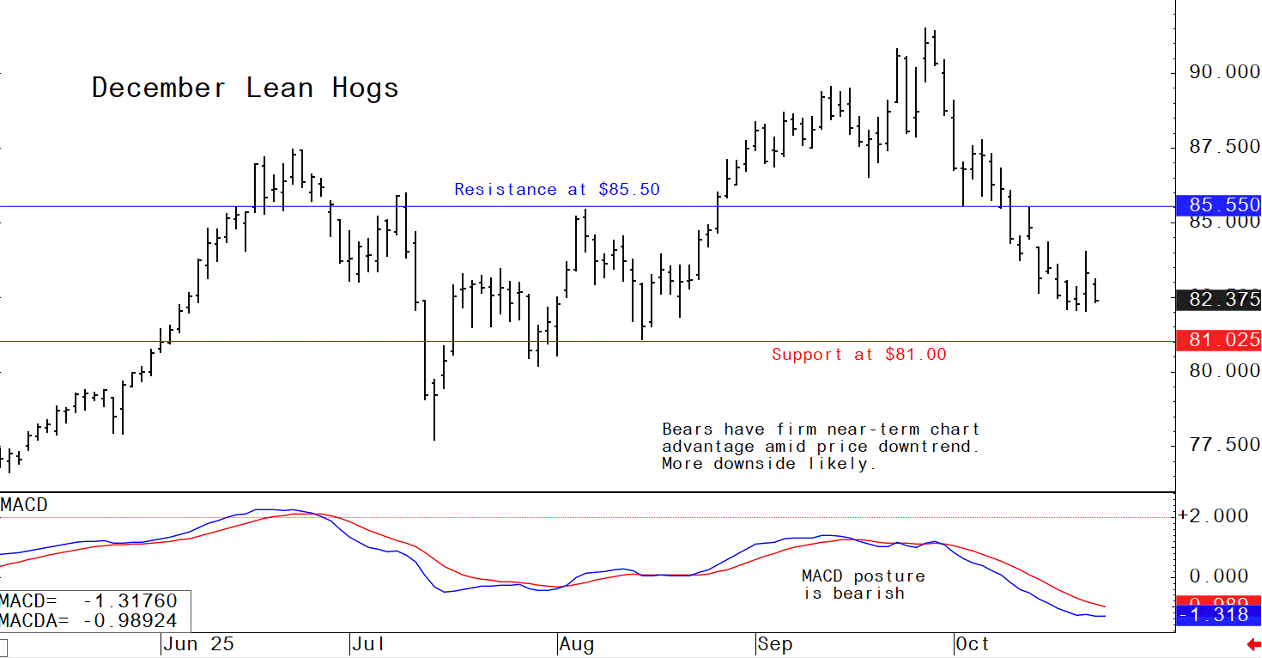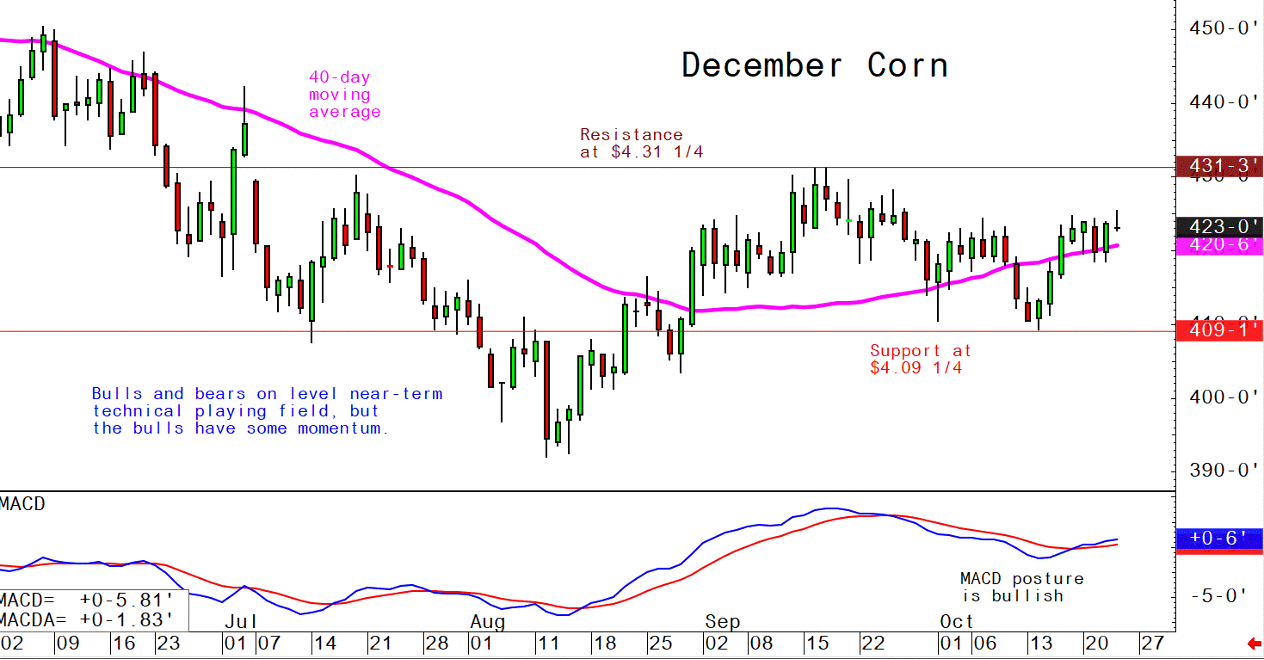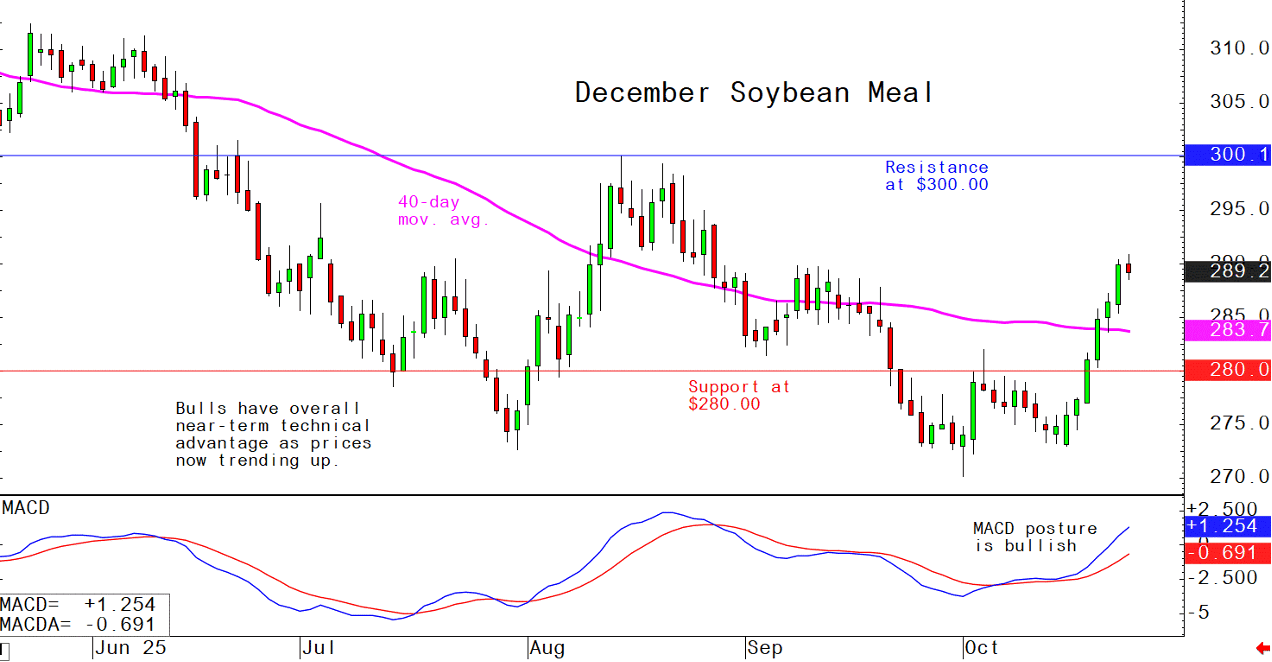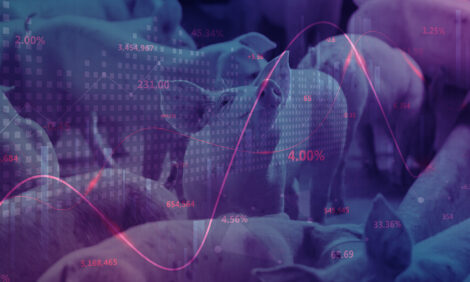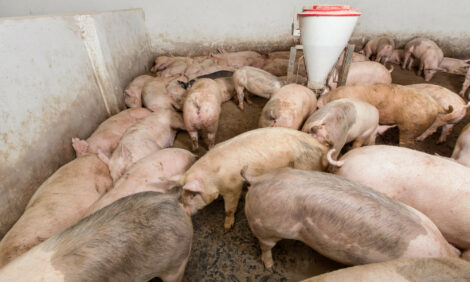



Pig outlook - Lean hog futures bears still in control
Livestock analyst Jim Wyckoff reports on global pig news
December lean hogs Wednesday fell 87 1/2 cents to $82.40. The lean hog futures market saw technical selling pressure after prices hit a two-month low Tuesday. Charts remain bearish. Falling cash hog market prices are also prompting selling in futures. December futures’ discount to the cash market did somewhat limit losses in futures. Sharply lower to limit-down cattle futures markets prices today also weighed on hogs. The latest CME lean hog index is down another 60 cents at $94.98. Today’s projected cash hog index is down another 80 cents at $94.18. Wednesday’s national direct 5-day rolling average cash hog price quote was $89.49.
Pork Industry and related news
Beyond Meat’s Last Stand: Debt Deal Wipes Out Shareholders as Stock Plummets Below $1
The onetime Wall Street darling that symbolized the future of food is now fighting for survival after a massive debt-for-equity swap crushed investor value
Beyond Meat’s stock collapsed this week to near $1 a share — a stunning reversal for a company once valued at over $14 billion. The plunge came after the embattled plant-based meat maker finalized a debt exchange that handed bondholders hundreds of millions of new shares, effectively wiping out most existing investors.
Shares fell almost 50% on Monday to about $1.10 and hovered between $1.03 and $1.10 on Tuesday, leaving the stock down more than 76% this year and deep in penny-stock territory. As of now, the shares are trading around $0.60, down about 10.46% intraday. In 2019, shares had soared near $240 following the company’s high-profile IPO, fueled by investor enthusiasm for a “meatless revolution.” Since then, Beyond has lost over 99% of its peak value.
A Debt Deal That Saved the Company — but Not Its Shareholders
As Reuters reported, the restructuring swapped Beyond Meat’s existing 2027 convertible bonds for new 7 percent convertible notes due 2030, along with hundreds of millions of shares. The move is designed to reduce about $800 million in debt and extend maturities — but it came at a massive cost to common shareholders, who now face dilution estimated at over 300–400 percent. “The exchange buys time, but at the price of obliterating shareholder equity,” one analyst told Reuters.
The move was effectively a survival maneuver. Beyond’s balance sheet had been under severe strain, with more than $1.3 billion in debt and persistent operating losses. The company has also been burning through cash, struggling to regain profitability amid weakening demand.
The Great Fade of the Plant-Based Boom
Beyond Meat’s collapse underscores the dramatic cooling of the plant-based food sector. According to AP News, the company’s U.S. sales have declined steadily over the past two years as consumer enthusiasm waned. Shoppers have balked at high prices and “processed” ingredient lists, while inflation has driven many back to cheaper animal protein.
“The promise of saving the planet wasn’t enough to overcome the reality of taste and price,” wrote one analyst on Investing.com, noting that many early adopters of Beyond Meat products have not returned. Once hailed as a disruptor, Beyond now finds itself fighting for relevance in a crowded, contracting market.
Broader Lessons for Investors
The company’s fall from grace serves as a cautionary tale about debt-fueled growth in the absence of sustainable fundamentals. Analysts warn that Beyond’s situation reflects the perils of overreliance on hype and capital markets. “Convertible debt can work when equity is rising,” one market strategist told Financial Times. “When it falls, it becomes a trapdoor.”
With shares below $1, Beyond risks delisting from Nasdaq if it fails to regain compliance in the coming months. For existing shareholders, recovery appears unlikely unless the company can dramatically cut costs, revive consumer interest, and prove that plant-based meat can still be profitable.
Bottom Line: Whether Beyond Meat can reinvent itself — or becomes another symbol of post-pandemic excess — now depends on its ability to execute a turnaround in a market that has largely moved on.
The next week’s likely high-low price trading ranges:
December lean hog futures--$81.00 to $85.00 and with a sideways-lower bias
December soybean meal futures--$282.00 to $300.00, and with a sideways-higher bias
December corn futures--$4.09 1/4 to $4.31 1/4 and a sideways-higher bias
Latest analytical daily charts lean hog, soybean meal and corn futures
